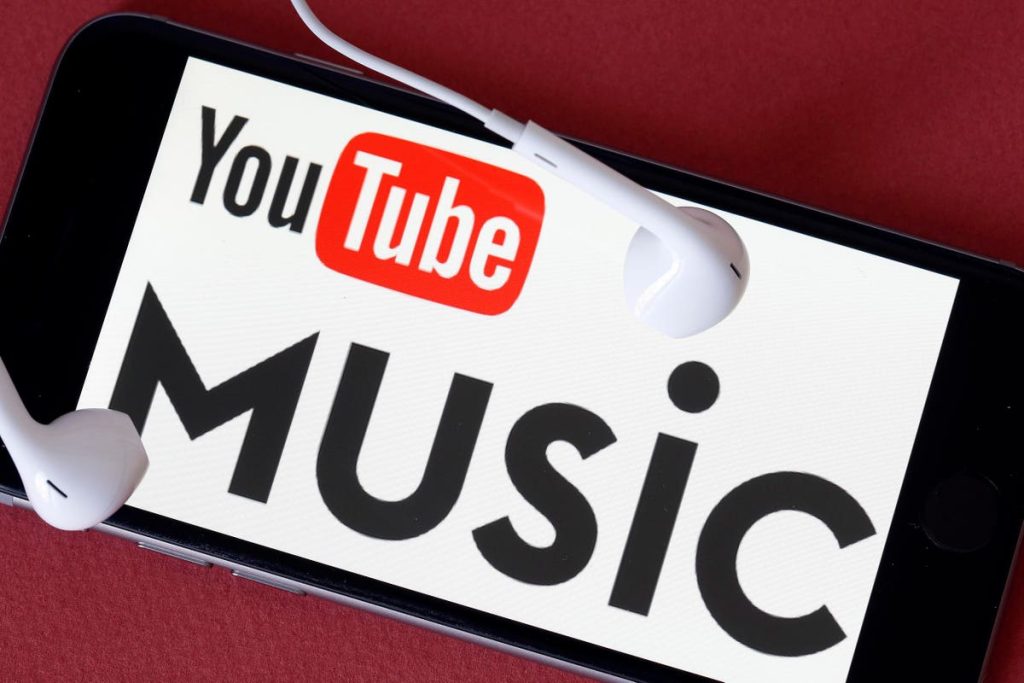Last week, YouTube Music began testing its “play counts” feature for artists’ top songs. It was first noted by some users of Reddit, and is expected to roll out across YouTube Music in the coming weeks. This feature could inform users how many times they had listened to a particular track, as well as the total number of plays the song has received from across the YouTube Music platform.
It follows other additions to the music streaming service, including real-time lyrics and full song credits. “Play counts” has been a top requested feature from users, and is the latest addition by YouTube Music to mirror some of the functionality of Spotify.
As Digital Music News had reported, the video sharing service had previously confirmed that music-video views on YouTube Music are still accounted for in views on YouTube proper.
Tracking Actual Listeners
Though not perhaps intended by Google, which owns YouTube Music, the play counts could be seen as being quite significant for artists and the music industry as a whole. It could serve as a benchmark to determine a song’s popularity in real-time, and that would be quite the change from the traditional ways songs have been tracked by industry insiders.
“What we’ve seen in the past was that the criteria for the popularity of a song typically came from sales,” explained Bruce Barber, professional in residence in the music department at the University of New Haven, and general manager at 88.7 WNHU.
The age of streaming has certainly disrupted the music industry, and no longer are many listeners even buying the songs. This could make the total listens on the streaming platforms all the more important for artists.
“The charts have been trying to play catch up, as it didn’t matter as much in the era of streaming whether people are actually buying physical media or even buying an individual track for download,” added Barber. “Actual plays of a particular song could be a more accurate indicator of fan interest.”
How Popular Is A Song?
Though sales were always considered critical for musical artists, the fact remains that radio airplay was long about driving those sales. Now that listeners don’t need to actually buy physical media – like a vinyl record, CD, or cassette; or even purchase a track via the aforementioned download — the number of plays on the streaming services is more important ever.
With radio it was almost impossible to know how many times a song may have been heard. The play counts now give a better picture.
“In the past, the record labels made this information almost opaque. As a result, the numbers didn’t often jive with the actual record collections of consumers,” Barber noted.
Streaming has thus added a level of transparency for the artists.
“These new features offered by YouTube Music and Spotify are giving a lot more information to the person who is listening to the music,” said Barber. “Information was asymmetric before – and the label cared about the popularity simply to drive sales. Today, we can track how much people are listening to a track now. That can make it harder to cook the books so to speak.”
The Shift In Music Consumption
Barber further suggested this is just the latest dramatic shift from the old ways music was consumed. This is notable in that artists are increasingly releasing songs, not albums.
“When you bought music in the past you were often committed to a whole album, and that didn’t matter if it was just one song you wanted to hear,” he added. “Now we have different ways to consume the music. To buy or just stream individual tracks. I don’t think we know all of the ramifications to see what this sea change in the way people consume music will mean.”
It certainly can’t hurt to know if you’re not the only one who keeps hitting play on that one track you just can’t get out of your head.
Read the full article here










